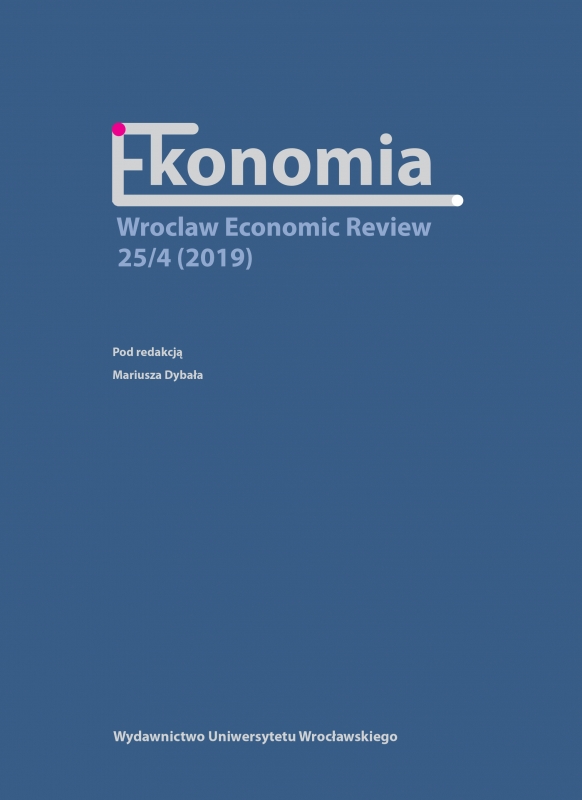

Artykuły

Demographic and economic aspects of the pension system in Poland —a dynamic modelling approach
The paper considers a hypothesis that some dynamic features of the Polish national and public pension system follow typical mental, generic and archetypal models, as a result of many demographic, macroeconomic, political and also global factors, particularly closed-loop feedback relations with delays and amplifi cations. There are some important messages in the paper for social insurance policies design, structures and management, the meaning of data mining and collection, and for model refi nement with modelling approaches in a systems’ thinking way. The shortcomings of national social insurance systems in dealing more eff ectively with upstream social insurance risk prevention in the population are systemic and include also a postulate to empower members of the population in order to involve them in their own, entrepreneurial downstream care. The paper contains a system dynamics SD point of view, as a method of macroscopic, continuous simulation modelling, to surface and explain some cycles and discrepancies between demography, policies, as well as the system’s aspects of the national pension system. The conceptual, formal and simulation model presented in the paper, followed by some experiments’ results, applies the SD method approach with causal loop diagrams CLD and stock-and-fl ow diagrams SFD, displaying delays, amplifi cations and structure cycle dynamics in the national pension system. Further research should concentrate on the detailed analysis of additional modelling requirements in order to conduct more profound multi-factor experiments to forecast and evaluate contemporary national politics, and to test some new concepts in social insurance.